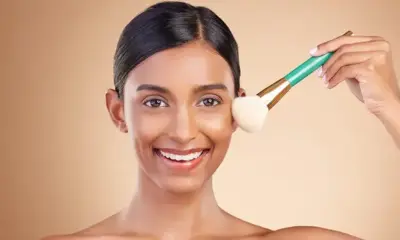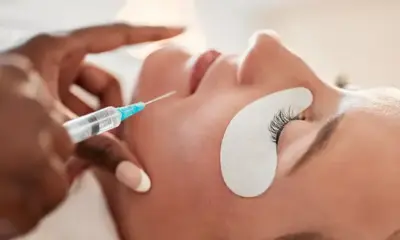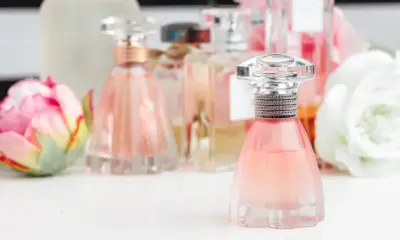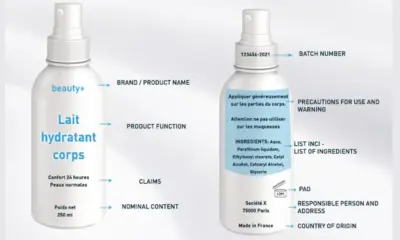Policy & Regulation
EU Restricts Dozens of Harmful Cosmetic Ingredients
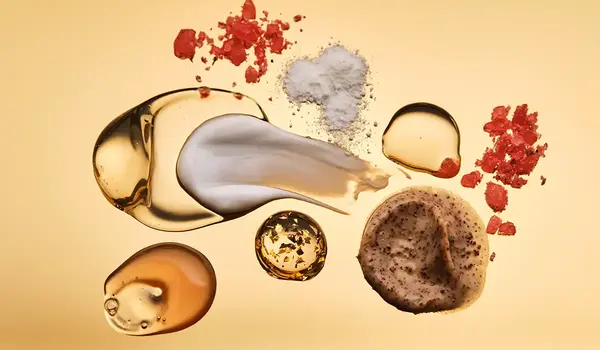
EU Cosmetic Ingredient Restrictions Will Reshape the Beauty Industry by 2026
The European Commission has updated cosmetic safety laws, enforcing EU Cosmetic Ingredient Restrictions that significantly impact product formulas and market eligibility.
These changes arise under the proposed Omnibus Act VIII and revise the EU Cosmetics Regulation, setting strict safety and labeling requirements.
New Cosmetic Ingredient Bans and Safety Limits Begin May 2026
The EU Cosmetic Ingredient Restrictions introduce sweeping ingredient bans, usage caps, and mandatory warnings on product labels across personal care categories.
Starting May 1, 2026, companies must remove all non-compliant cosmetics from shelves and distribution channels within the European Union.
The World Trade Organization received formal notice, as the regulation aligns with updated scientific classifications and safety recommendations from EU experts.
These restrictions apply across four annexes: banned ingredients, restricted use compounds, approved colorants, and allowed preservatives.
Banned and Restricted Ingredients Include Sodium Perborate, Silver, and Hexyl Salicylate
Annex II bans sodium perborate, commonly used in bleach products, now classified as a reproductive toxin requiring full market removal.
Other prohibited ingredients include multi-walled carbon nanotubes and acetone oxime, previously found in industrial and fragrance-related applications.
Annex III introduces limits on silver powder and hexyl salicylate, a fragrance compound with varying caps by product category and use.
Hexyl salicylate must not exceed 2% in perfumes, 0.001% in oral care, and 0.1% in children’s cosmetic formulations.
Toothpastes and mouthwashes may only contain up to 0.05% silver powder in non-nano form, based on revised safety analysis.
Additional Rules for Colorants and Preservatives in Cosmetic Formulations
Annex IV sets a 0.2% limit on silver powder in lip and eye products to reduce exposure to metallic particles.
Experts cited health concerns including tissue discoloration and potential long-term kidney issues linked to particle accumulation in sensitive facial areas.
Annex V restricts o-phenylphenol and sodium salts to 0.2% in rinse-off and 0.15% in leave-on cosmetic applications.
Furthermore, these antimicrobial preservatives are banned in inhalable and oral products due to risks and must include an eye-contact warning.
Industry Prepares for Compliance and Reformulation
Brands must begin reformulating products early to meet EU Cosmetic Ingredient Restrictions and avoid removal from shelves in May 2026.
Global manufacturers, particularly fragrance-heavy and whitening product lines, face complex formulation changes under the new chemical safety guidelines.
Labeling revisions, raw material substitutions, and compliance checks will add cost pressures but are essential to remain in the European market.
Stay Updated on Cosmetic Regulations and Compliance Trends
Stay informed on the latest industry shifts, ingredient bans, and formulation strategies shaping the future of cosmetics.
Explore more news on this website and keep your beauty brand ready for regulatory success.

